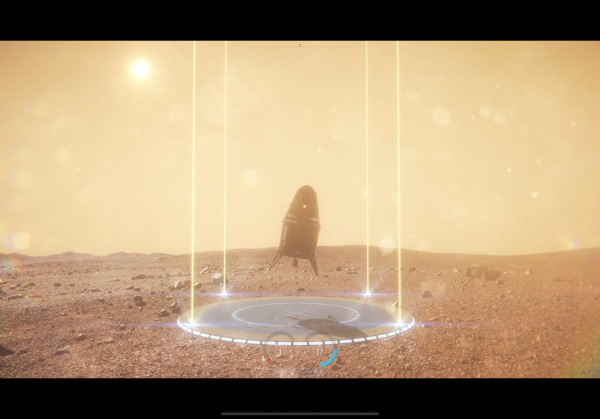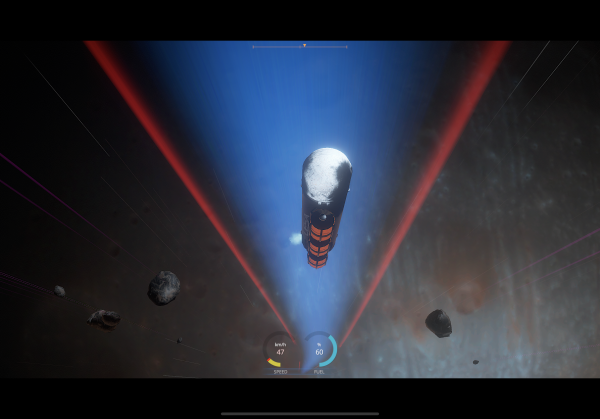Solar Explorer: New Dawn guide - Tips and tricks for pro pilots
Solar Explorer: New Dawn is a lunar lander game that really ratchets the intensity up to 11. With all of the asteroids flying around as you fly around at seemingly breakneck speeds, it can be easy to feel overwhelmed bythe whole thing.
They key to the game is really keeping your cool, even when it seems like things are going very, very wrong. It’s always possible that with some focus—and perhaps a little luck—you can land in one piece. Here are some tips to keep in mind to help you brave New Dawn’s harsh challenges:

Pay attention to the direction of asteroids
When your lander launches and you’re hurtling toward your planet of choice, one of the most helpful things you can do early is try to pay attention to which direction asteroids are moving. New Dawn does a pretty good job of highlighting the path of these dangerous hazards with purple lines, but you have to suss out their direction on your own.
It’s helpful to do this because it’s much easier to anticipate and react to asteroids if you can tell whether they are raining down on you from behind or coming up toward you. This also lets you know how much you should be paying attention to the purple guide lines. Because of the game’s camera angle, it’s much easier to spot and dodge asteroids coming toward you, even without the guides, but you pretty much have to depend on them when they’re coming at you from behind.
Only slow down to the line on entry
The second phase of missions in New Dawn is where things start getting really tricky. This portion, which I’ll refer to the approach phase, is where you start having to both maneuver and slow down your vessel so that you don’t go into the landing phase with too much speed.
To slow down your ship, you have to burn a whole lot of the fuel in your tank, but perhaps not as much as you think. On any mission, you can slow down your craft to a minimum of 36km/h, but you really don’t need to do this. New Dawn draws a line on your speedometer designating a specific approach speed it wants you to hit on every mission, and all you really need to do is hit that.
If you slow down further, that could make maneuvering in the approach phase a little easier, but your speed will pop back up to the speed marked by the line once you hit the third and final phase. So, in order to save fuel, just target the speed the game wants you to hit, and that will give you more fuel to burn when you’re fine-tuning your landing.

Come in hot on planets with no gravity
Speaking of landing, perhaps the most annoying part of New Dawn is flying missions to celestial bodies with little to no gravitational pull. If you approach landing on these surfaces too softly, chances are, you might actually slow down so much you start reversing course. This puts you in a situation where you’ll both have to burn a ton of fuel to self correct and perform some wild maneuvering, both of which are extremely risky.
To help make landing on these weightless surfaces a little easier, perhaps you want to come in a little hotter than normal. That is to say worrying less about hitting the mission’s target speed on approach or simply waiting until you’re very close to hitting the landing pad before unleashing your thrusters for quick braking before impact. It can be hard to dial things like these in, but it’s far easier to come in a little hot than try to overcorrect from playing things to safe and losing all your momentum.
Landing with cargo
Coming in hot is ok on some missions, but for anything involving cargo strapped to your lander, you need to be really careful to make a soft landing. Even if your lander takes little to no damage upon touchdown, it doesn't take too much of a velocity change to send your precious supplies flying off the sides of your craft, resulting in a failure.
New Dawn doesn’t spell out the exact threshold of what constitutes a landing that’s “too fast,” and that can make things frustrating. Generally speaking though, if you can slow your ship to 5 km/h or less before landing, you should be in the clear. Anything above that, and you risk botching the whole mission in the final moment.


